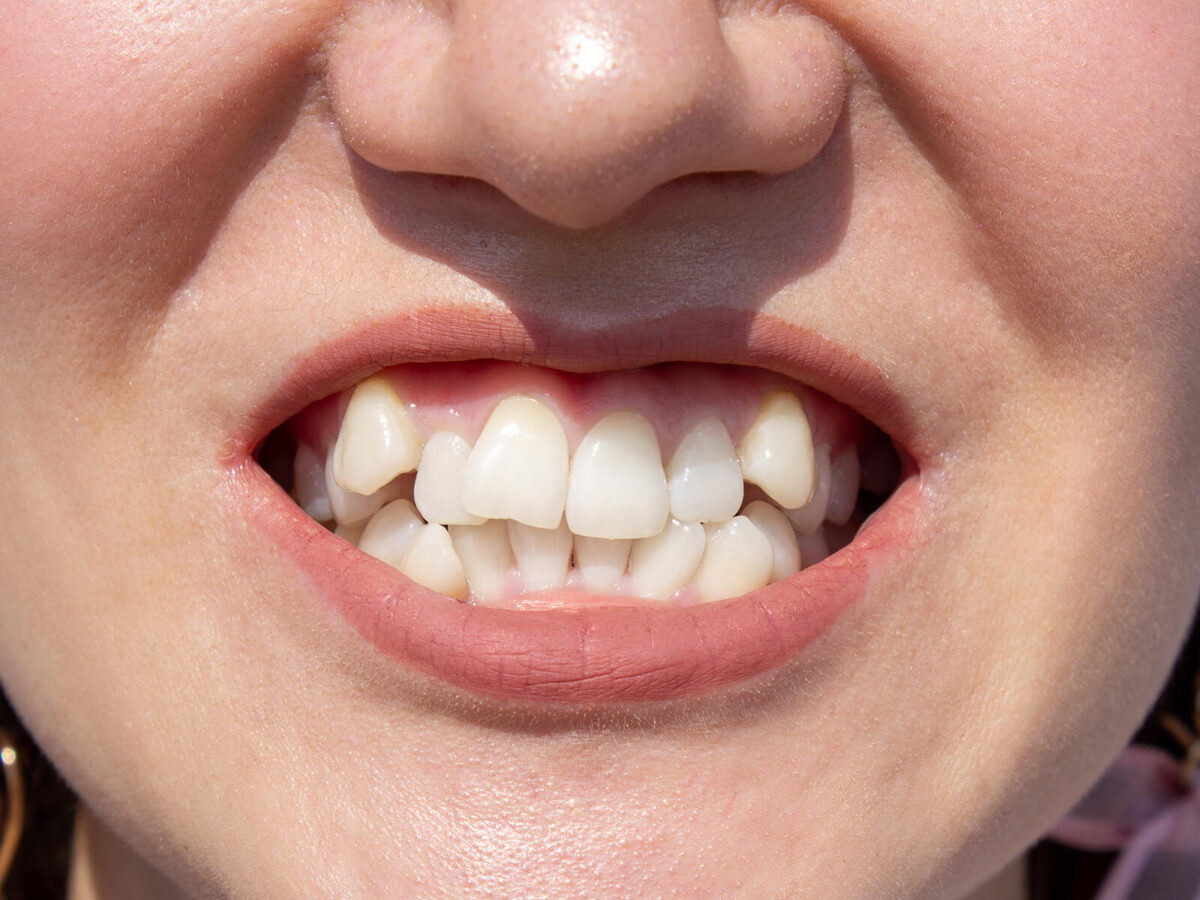Blog
Dental hygiene tips for healthy teeth & gums

How To Straighten Crooked Teeth Without Braces
Many people desire a straight, beautiful smile but are hesitant to commit to traditional braces. The good news is that there are alternative methods to straighten crooked teeth without braces· Orthodontic aligners have become a popular and effective option for those looking to improve their smile discreetly and comfortably. In this article, we will explore how orthodontic aligners work, their benefits, and other non-brace options for straightening teeth.
Understanding Orthodontic Aligners
Orthodontic aligners are clear, custom-made trays that fit snugly over your teeth. They gradually shift your teeth into the desired position by applying gentle, consistent pressure. Aligners are typically made from a BPA-free plastic material that is nearly invisible when worn, making them an attractive option for those who prefer a more discreet orthodontic treatment.
How Do Orthodontic Aligners Work?
Consultation and Assessment: The process begins with a consultation with an orthodontist or dentist. They will evaluate your teeth and discuss your goals to determine if aligners are a suitable option for you.
Custom Treatment Plan: If aligners are deemed appropriate, your orthodontist will create a custom treatment plan. This involves taking digital impressions, X-rays, and photographs of your teeth to design aligner trays that will gradually move your teeth.
Wearing the Aligners: You will receive a set of aligners, each to be worn for about two weeks before moving on to the next set. Wear your aligners for 20-22 hours per day. You should only remove them to eat, drink, brush, and floss your teeth.
Regular Check-ups: Throughout the treatment, you will have periodic check-ups with your orthodontist to monitor your progress and make any necessary adjustments.
Benefits of Orthodontic Aligners
1· Discreet Appearance
One of the main advantages of orthodontic aligners is their nearly invisible appearance. This makes them an excellent choice for adults and teenagers who want to straighten their teeth without drawing attention to their orthodontic treatment.
2· Comfort and Convenience
Aligners are made from smooth plastic, which is more comfortable than the metal brackets and wires of traditional braces. There are no sharp edges to irritate your cheeks and gums, making the treatment process more pleasant.
3· Removable
In contrast to braces, orthodontic aligners are also portable because these devices can be removed from the mouth. This means that you can bring them out for meals, drinks, brushing, and flossing. You can also take them out when you do not want to wear them for occasions like weddings or an important meeting, among others, without halting treatment.
4· Predictable Results
With digital treatment planning, you can see a virtual representation of your teeth’s progression before starting the treatment. This allows for a more predictable outcome and helps you understand the expected duration and results of your treatment.
Other Non-Brace Options for Straightening Teeth
1· Dental Veneers
Dental veneers are thin, custom-made shells that are bonded to the front of your teeth to improve their appearance. Veneers can address minor alignment issues and improve the shape, size, and color of your teeth. They are a more cosmetic solution rather than a functional orthodontic treatment.
2· Dental Bonding
Dental bonding involves applying a tooth-colored resin to the surface of your teeth to correct minor imperfections, such as gaps or slightly crooked teeth. It is a quick and cost-effective way to enhance your smile, though it is typically used for minor corrections.
3· Palatal Expanders
For children and adolescents, palatal expanders can be used to widen the upper jaw, creating more space for teeth to align properly. This treatment is often used in conjunction with other orthodontic treatments but can sometimes help avoid the need for braces.
Conclusion
Straightening crooked teeth without braces is possible, thanks to advancements in orthodontic treatments like orthodontic aligners· These clear, removable trays offer a discreet, comfortable, and effective way to achieve a straighter smile. If you’re considering orthodontic aligners or other non-brace options, consult with your orthodontist to determine the best treatment plan for your needs.
Remember, a straight smile is not only about aesthetics; it also contributes to better oral health. By exploring the available options and choosing the right one for you, you can achieve the smile you’ve always wanted without the need for traditional braces.


